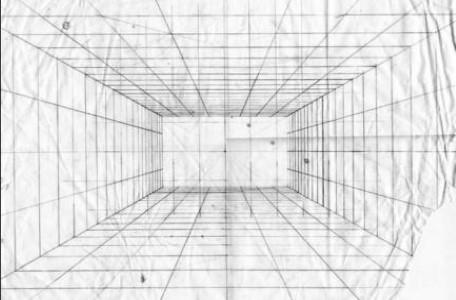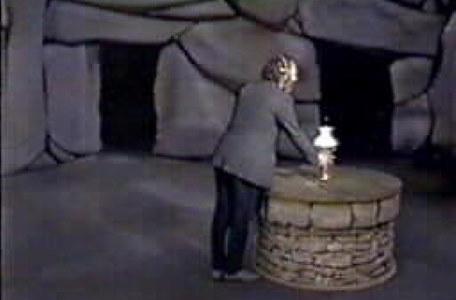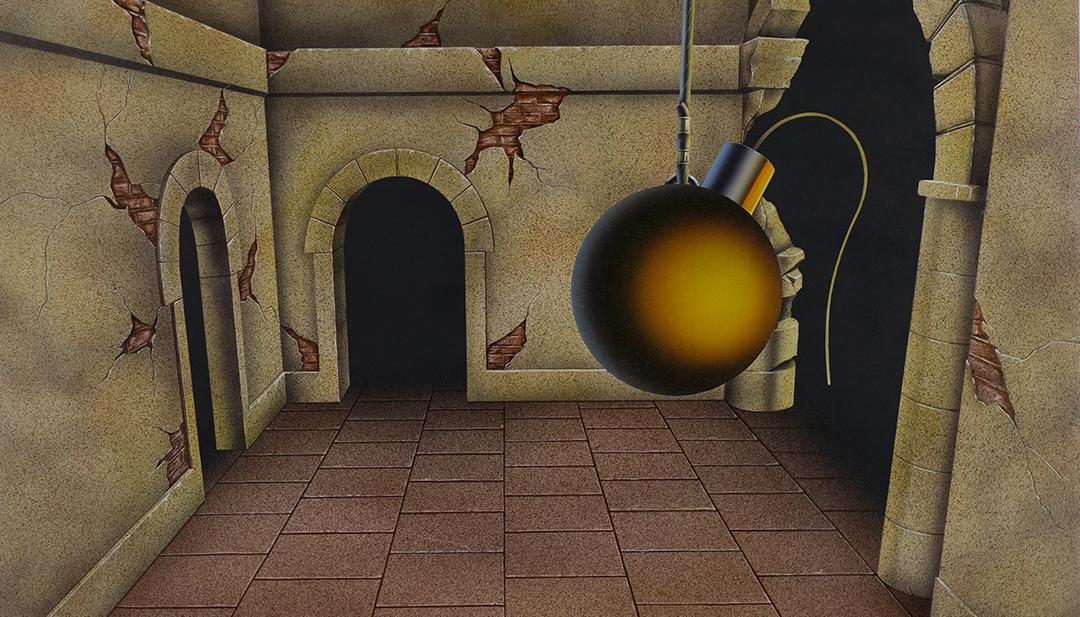Part 1 of Tim Child's official history of Knightmare revisits how it all began - from the original idea in 1985 to getting a first series in 1987.
Spring 1985. Tim Child, a journalist, reporter and occasional development producer for Anglia TV in Norwich, had a silly idea.
As a journalist, I'd produced a regular weekly review of the fledgling UK 8-bit home computer games industry. Much of this industry seemed to be originating from within Anglia's regional boundaries - Sinclair and Acorn were both in Cambridge; Commodore had its UK HQ in Northamptonshire.
Everywhere, people seemed to be coding computer games and spotty boys were becoming adolescent millionaires.
At the time, my elder sister was working as a manager for Clive Sinclair on the Spectrum computer range. This contact gave me my first brush with home computers.
Ultimate's Atic Atac and Hewson's 48k interactive movie, Dragontorc, had convinced me that if adventure gaming was possible on the limited Spectrum, the graphic power of modern television could surely capitalise on the idea and revolutionise the genre.
The idea for Knightmare was born.
Creating an imaginary world for television
Next, several key problems had to be solved. How to create a complex artificial world? How to populate it? How to experience it? How to explore it? How to make it work as television?
From the outset, I wanted to use computer graphics to create my first dungeon. But in 1985, computer graphic imaging (CGI) was in its infancy. The Quantel paintbox had only just been developed (Anglia was yet to purchase one), and most computerised images were disappointing compared to the real thing.
I knew what I needed. It wasn't the crude graphics that current computer games were offering. It was the fabulous, atmospheric fantasy illustrations on the packaging of those games.
I called some publishers to identify the artist behind the covers I admired. The answer was David Rowe.
David was intrigued by the idea, and soon we were both pouring over plans and sketches for a Rowe-painted dungeon. I particularly admired David's airbrush skills, which helped to create the most realistic of dank, stony surfaces.
The next problem was how to introduce real people into Rowe's airbrushed world.
Here, as a former news journalist, I borrowed from the TV technology which allowed weathermen to appear nightly in front of a changing graphic representation of the weather forecast.
This practice involved pointing a camera at a saturated blue screen or flat, placing a person between the camera and the flat, de-selecting the colour blue in the television picture spectrum and replacing it with another image. There's your background!
The technique is called chromakeying in commercial TV, and Colour Separation Overlay (CSO) by the BBC. Auntie always liked to be different, even then!

The next hurdle was a far greater obstacle. Weather presenters do not have to wander around weather maps, exploring the isobars, but adventurers do need to move about. The immediate answer was obvious: build a chromakey-blue dungeon and you can go where you will.
The trouble was, although the theory should work well, I knew that the practice amounted to a very difficult and painstaking way of acquiring television scenes.
The harsh lesson was close at hand. While I was preparing to construct my first dungeon in Anglia TV's Studio A, half a mile away in Studio E, a team of programme-makers were just recovering from nearly a year spent trying to shoot Alice in Wonderland in CSO.
Once again, the solution was offered up by the youth programmers of 8-bit computer games. Because RAM was at a premium, Spectrum graphics were designed to take up minimum space. Therefore, many scenes or rooms in early Spectrum dungeons were geometrically identical, even if they used different colours or boasted different contents.
Recognising this, I commissioned a standardised grid to which all dungeon rooms would conform. David Rowe could then begin drawing a dungeon of diverse chambers which could all be played in the same simple blue set under construction in the Anglia TV studio.

For the first experimental dungeon, David produced five rooms. These included the first Wall Monster Rooms and a wellway. Atic Atac had used wellways to transfer the players between levels, and I borrowed that idea for the pilot episode.
But with each solution came a new problem. A human player could now explore the fantasy dungeon but would not be able to see it.
Solution: why not blindfold the explorer and get his/her teammates to guide him/her remotely? How many teammates? Well, three seemed a good number.
The first of my chromakey experiments took place in the autumn of 1985. A group of Anglia TV scenic technicians were recorded walking around in one of David Rowe's dungeon scenes. Unlike their colleagues on the Alice shoot, their feet were placed firmly on the ground.

Finding a Dungeon Master
Next came a much bigger step. I wanted to make a full 15-minute pilot to show to Children's ITV. The pilot would need to illustrate gameplay and programme presentation.
By now it was called Dungeon Doom, and it needed a Dungeon Master.
During this period, I was still acting as line producer on Anglia's regional news magazine programme, About Anglia. The presenter was a former singer, Christine Webber, who was married to an actor called Hugo Myatt.
I had met the bearded Hugo and thought he might make a fair Dungeon Master. Even better, I knew that Hugo (like many actors) was between jobs and would take on the trial in the hope that it might lead to something bigger.
Dungeon Doom was recorded in early 1986. Hugo Myatt introduced the show and the guinea-pig team consisted of my nephew, the two daughters of an Anglia colleague, and one of their school chums.

Adding the finishing touches
The finished results were edited together but something was missing.
I decided to improve the opening titles and change the show's name. 'Knightmare' seemed to say it all about a scary dungeon game which used a knight's helmet as a blindfold.
The game had borrowed shamelessly from the computerised adventures marketed for the Sinclair Spectrum, Commodore 64 and BBC B computers, yet lacked some of the authentic technology they boasted.
Atic Atac had an on-screen life-force clock which indicated the health status of the player by representing the carcass of a chicken. If you got down to bare bones you died! I wanted something like this for Knightmare, but Anglia TV had no graphics computers.
The designer of the rival BBC East News Magazine, Robert Harris, had acquired an early 8-bit broadcast-quality Spaceward Computer. He was persuaded to produce the first (and only) computer graphics sequence to feature in the Knightmare pilot.

The commission
A month later, the finished pilot was viewed by the ITV Children's Committee. Nothing like it had been seen before.
Searching for something fresh, the committee decided to risk a short series of eight half-hour episodes.
A year later, with a second series agreed, much had changed.
- I was preparing to quit Anglia TV and form an independent production company called Broadsword.
- David Rowe was hard at work creating dungeons.
- Robert Harris had quit BBC East and was setting up his computers under the banner of The Travelling Matte Company, with the promise of a contract from Broadsword...



